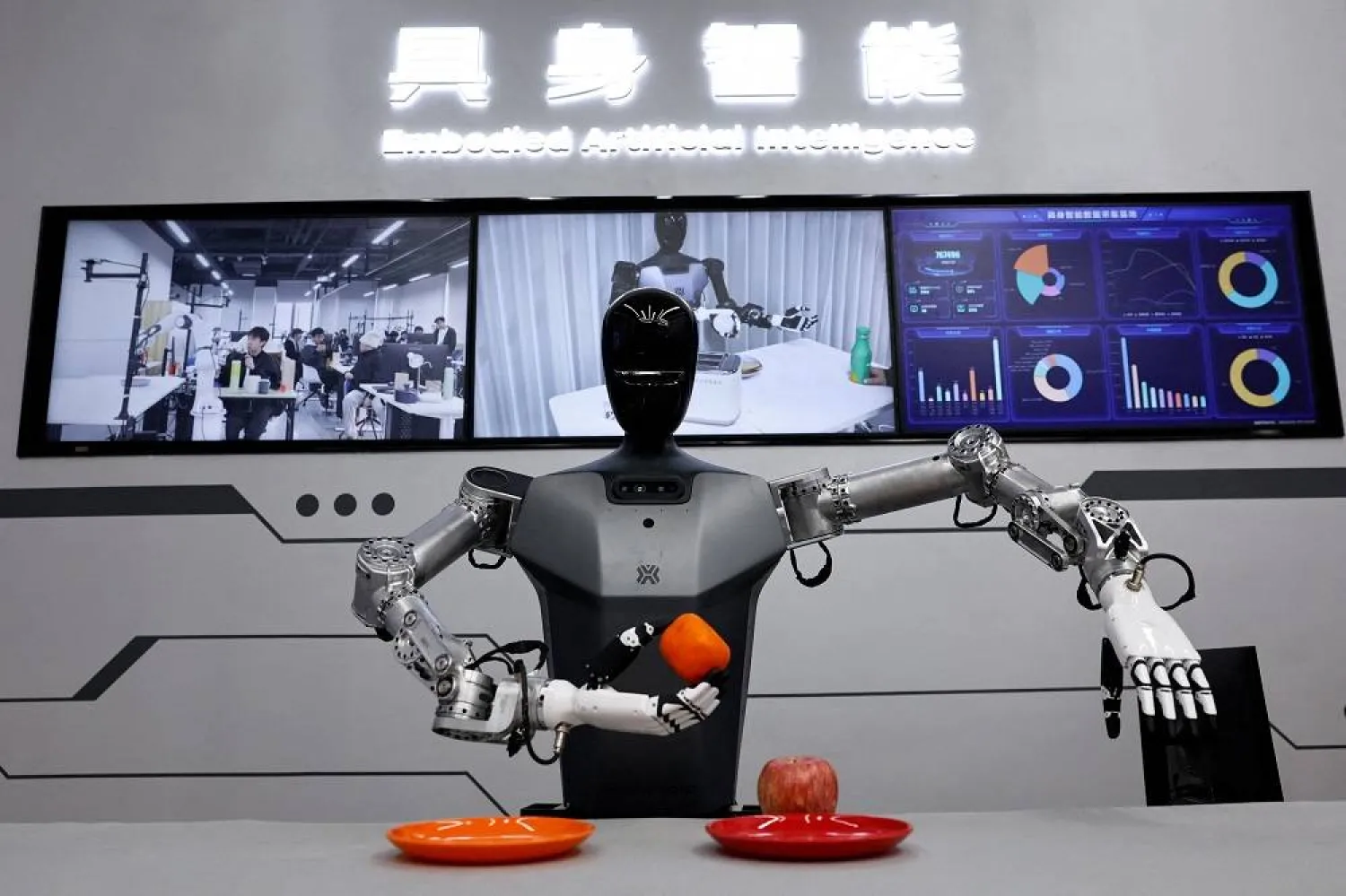Lebanese citizens are getting accustomed to the increasing prices of the food commodities, but they believe the prices will drop with the decline in the exchange rate.
However, this is not the case as a small tour to the market reveals that prices are still increasing, and when asked about the rates of the items, merchants usually respond that it varies each hour depending on the exchange rate.
The Consumers’ Lebanon index shows that prices increased 22.84 percent during August when compared to April, May, and June. However, the price of the US dollar in the exchange market did not exceed 8,000LL since the second week of August, and it even fell below 7,000 LL on some days.
Consumers’ Lebanon is an association that is concerned with the protection of the rights of the Lebanese consumers.
The biggest increase during August was in the price of meat, as it rose 32.70 percent, followed by the prices of canned foods, oils, and grains which saw a 28.60 percent rise. Some types of bread increased 25 percent and dairy products’ prices increased 18.20 percent, while vegetables and fruits had the lowest increase rate with 21.38 percent and 1.8 percent respectively.
Vice President of Consumer’s Lebanon Nada Nehme said that the prices of food commodities continue to rise amid the absence of any supervisory role and in an environment controlled by monopolies.
She told Asharq al-Awsat that merchants control prices claiming they bought the commodities at a high rate, explaining that this does not justify selling the same product at the same high price when the exchange rate drops.
Nehme predicts that the prices of food commodities will continue to rise, noting that rates in Lebanon are the highest in the region.
In turn, the head of importers’ syndicate, Hani al-Bohsali, is surprised by the unjustified high prices, however, he believes that it is natural for prices not to drop given that they were originally calculated on the basis of an upper limit for the exchange rate of 7,000 Lebanese pounds per dollar.
He explained that any increase above this limit will result in the inability to sell these goods, adding that it is natural for commodity prices to remain the same, even if the dollar exchange rate is within the range of 7,000 LL.
Bohsali considered that commodity prices could start to decline when the exchange rate falls below 7000. He explained that even this may take several weeks, especially that the merchant will have to sell his old stock which he bought at a high exchange rate.
Meanwhile, citizens search for subsidized commodities included in the food basket that the Central Bank supports at a 3,900 LL exchange rate. But, in most cases, these goods are not available given their limited quantities and the complex requirements.
Bohsali pointed out that the Ministry of Economy did not bind merchants to the subsidized items, so most preferred to buy other products because the food basket stipulates direct distribution to major stores and small shops with a specified profit margin.
Nehme confirms that subsidizing the food basket did not contribute to lowering the prices of commodities, explaining that Consumers’ Lebanon believes that the Ministry’s policy was wrong.
She indicated that the subsidized items reached 10 to 20 percent of consumers at best.
The Minister of Economy in the caretaker government, Raoul Nehme, sent a letter to the Governor of the Central Bank, Riad Salameh, requesting the lifting of subsidies on commodities related to animal and agricultural production, given that it is a waste of public funds.
Nehme tweeted that since the government began subsidizing those commodities, their prices have not decreased, and some even increased.
Bohsali confirmed that there is no indication that food commodities will be scarce, even after the Beirut port explosion, but he pointed out that a large number of goods are still in the port, and this increases the costs for importers, which could lead to an increase in their prices later.









